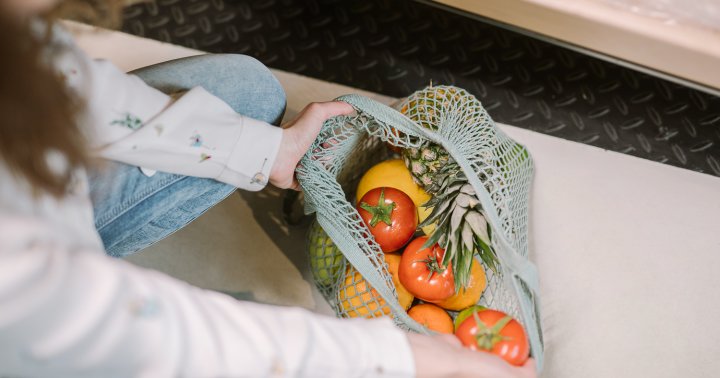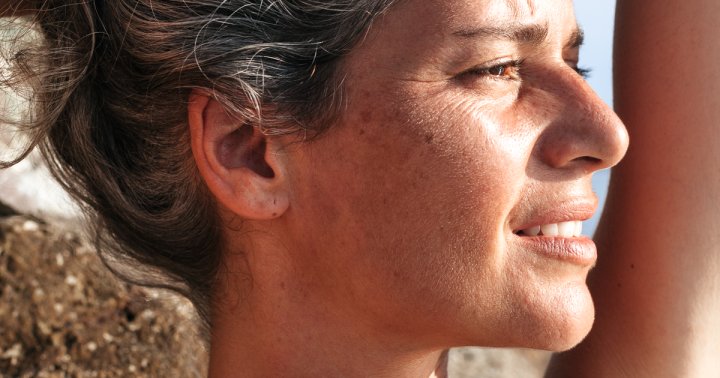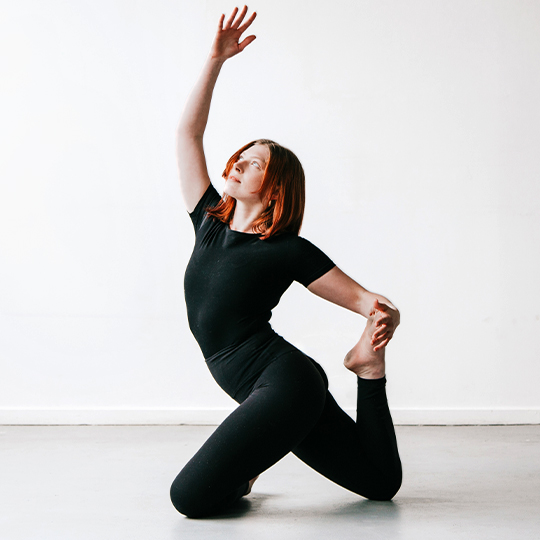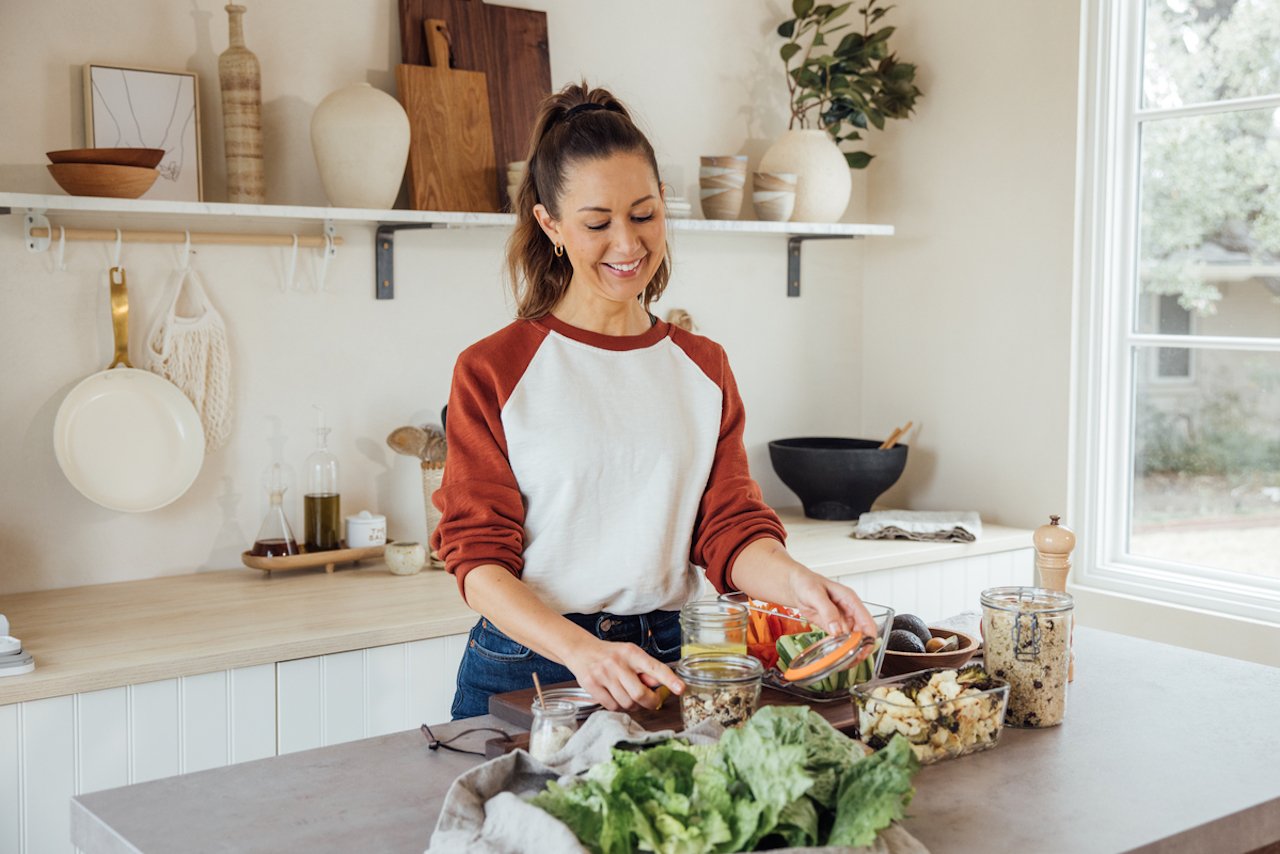Sukhasana Serenity Guide: A Journey into the Depths of Easy Pose
The post Sukhasana Serenity Guide: A Journey into the Depths of Easy Pose appeared first on The Yoga Nomads.
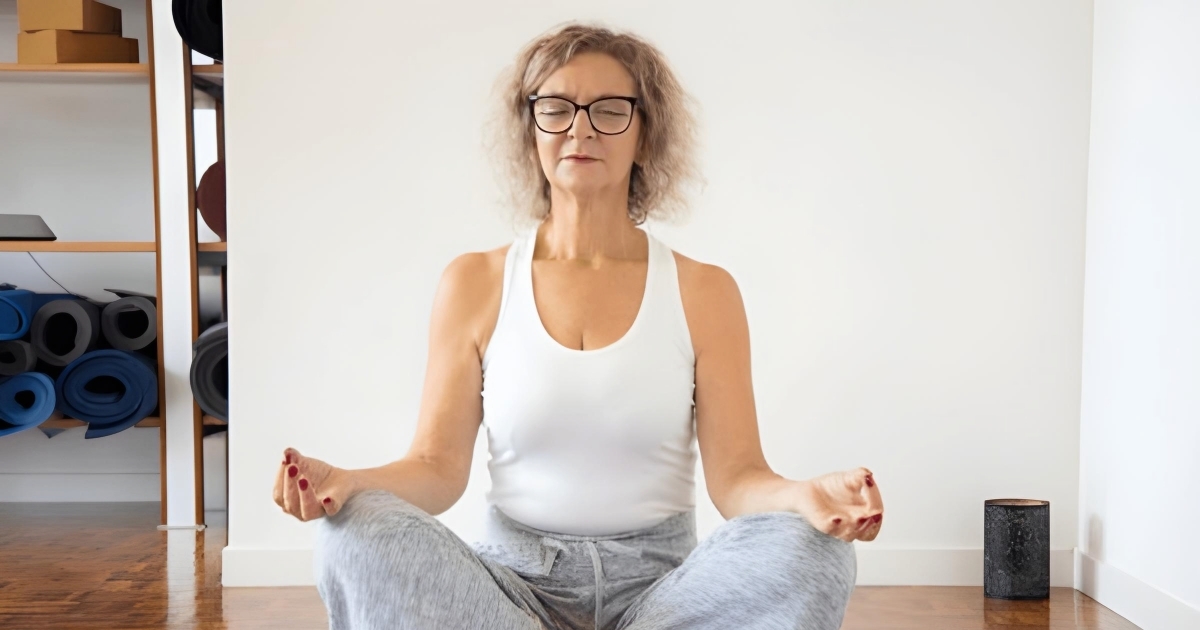
Key Takeaway
Sukhasana, or Easy Pose, is a foundational yoga posture that can enhance your meditation practice by fostering a state of calm and mental clarity. To incorporate Sukhasana into your routine, follow the step-by-step guide provided, focusing on proper alignment and breath awareness to gain the maximum benefits.
Even as the library of yoga poses continues to evolve into more creative variations, I often find myself returning to the simplicity of foundational postures like Sukhasana. Also known as Easy Pose, this asana embodies the sense of tranquility many practitioners seek in yoga.
The name Sukhasana stems from the Sanskrit word sukha, or “comfort,” reflecting the posture’s essence in promoting relaxation and steadiness.
Funny enough, many of us use this cross-legged position in everyday life as children quite easily. But as adults, we become accustomed to sitting in chairs, developing tight hips or a rounded upper back, causing discomfort.
I invite you to return to ease and simplicity with this in-depth exploration of Sukhasana. As I break down specific alignment and offer expert tips, you’ll rediscover the importance of this foundational asana in your regular practice.
Watch our recommended steps for entering, holding, and exiting the pose.
Sukhasana Step-by-Step Guide
Although “easy” is in its name, it’s still crucial to remember proper alignment in Sukhasana. Follow these steps to bring yourself into Easy Pose.
Getting into Position
Come to a seat on your yoga mat. Bend your knees, folding your legs in. Tuck each foot under the opposite shin in a cross-legged position. Reach the crown of your head up to lengthen your spine. Lightly engage your core to keep your torso lifted and back straight. Stack your shoulders over your hips. Move your head back slightly, aligning your ears over your shoulders. Relax your jaw, and let your shoulders relax down away from your ears. Let your hands rest comfortably on your knees. Close your eyes or lower them to a spot on the floor in front of you and turn your attention to your breathing. Take slow, easy breaths and quiet your mind. Remain in Easy Pose as long as you’d like, according to your practice.
Sukhasana Expert Alignment Cues
Now that you know this basic seated asana, it’s time to deepen your experience. Follow these adjustment tips to unlock the full potential of this simple yet effective posture.
Find Balance
This asana provides a foundation for other seated postures and extended meditation or breath practice periods. So, it’s vital to ensure you are comfortable by distributing your weight equally. A lopsided base can cause discomfort and imbalance in the pose.
Try this strategy: come into a cross-legged position. Gently rock your torso from side to side a couple of times to sense your center; when you feel it, come to stillness. Both sit bones should be evenly supported on your mat or cushion. This creates a stable base for the pose.
Hand Placement
Depending on how you use Sukhasana, there are a few options for hand placement. Try these different positions for your hands to see what feels best in your body:
Palms down to ground your energy Palms up to receive or release energy Choose a mudra: A mudra is a particular hand position used in meditation that helps channel your energy and concentration, like when you touch the tips of your thumb and index finger together to form a circle in Gyan mudra.Sukhasana Variations and Modifications
Although Sukhasana is a basic yoga posture, it requires some leg and hip flexibility. This may create a potential challenge for some practitioners. Luckily, there are ways to ensure physical comfort in Sukhasana with props or a simple adjustment of body position.
Prop Support
Comfort is key in Sukhasana, especially if you plan to spend some time in the pose. Props can be a massive help in this aspect.
Yoga blocks: Place a yoga block under each knee to prevent overworking tight hip flexors. Blanket or cushion: Sit on a folded blanket or cushion to elevate your hips to ease lower back tension and maintain natural alignment of the spine. Wall support: Practicing Sukhasana against a wall can be a big help for beginners to feel proper alignment. Or, if you notice your upper back rounding, try sitting against a wall to keep your chest lifted and back straight.Are you in need of props to support your Sukhasana practice? Check out this blanket from Hugger Mugger and a lululemon block or two!

lululemon’s Lift and Lengthen Yoga Block
Body Position Adjustment
If you have sensitive knees or ankles, the cross-legged position might feel too intense in your joints. A simple shift in body position can do wonders for your physical comfort.
Adjustment tips include:
Keeping space between the feet and the pelvis, with a softer bend in the knees. Not folding your legs in as much will be easier on your joints. Fold your legs in one at a time: bend your left leg, bringing your heel toward your groin. Then, bend your right leg so your heel rests against the front of your left shin. This pose is sometimes called Siddhasana.
Sukhasana Contraindications and Safety Measures
Despite its simplicity, Sukhasana isn’t for everyone! Yoga teachers and practitioners need to be aware of these issues to practice safely.
Addressing Discomfort
Joint Precautions: Never try to force your knees down toward the floor, and exit the pose if you feel severe discomfort or injury. Be mindful of sensations in your ankles to avoid overstretching the ligaments while seated in a cross-legged position. Back Support: Tight hips and glutes can cause the lower back to round in this seated position. Use a modification by sitting on a folded blanket or against a wall to maintain proper alignment in your lumbar spine and upper back. Hip Flexibility: If your knees are quite far from the floor, it’s likely due to tight hips. Use blocks under your knees to avoid overworking your hip flexors. With consistent practice over time, your hips will gradually open.Blood Flow
If I stay in Sukhasana for an extended time, I notice my lower extremities become tingly, as this cross-legged position can affect blood circulation. If you also feel “pins and needles” in Easy Pose, limit your time in the pose or try making an adjustment in your leg position.
The issue of blood circulation is significant for women during pregnancy or for practitioners with another condition that affects circulation, such as varicose veins or diabetes.
Benefits of Sukhasana
From an anatomical standpoint, Sukhasana is a good indicator of overall mobility. It demonstrates the range of motion in major joints in the lower body and works to maintain spinal posture. Beyond that, this asana brings great benefits to your mental health.
Mobility Perks for Everyday Life
Promotes natural alignment of the spine: A straight spine supports better blood circulation, breathing, and nerve function throughout the body. Regular practice can improve posture and alleviate mild back pain. Opens the hips: Hip flexibility is also essential for maintaining good posture and mobility. Easy pose is a gentle hip opener that helps relieve tightness in the lower back area.Mental Health Support
Fosters inner peace: This pose is perfect for practicing breath awareness, which can help regulate your nervous system and reduce feelings of anxiety. Helps release stress: Concentrating on your breathing in this position helps calm your mind as you become more focused on the present moment rather than your thoughts. Boosts concentration: Such a simple pose like Sukhasana brings a potential challenge for the mind to wander. But with consistent practice of breath awareness, you can focus your attention and improve your concentration skills over time.Breath Awareness in Sukhasana
Harmonizing the Nervous System with Deep Breathing in Easy Pose
In Sukhasana, focus on deepening your breaths. This simple act transforms the pose. Breathing deep into your belly activates your parasympathetic nervous system, which can help lower blood pressure and bring a sense of tranquility.
Try this breath practice while sitting in Easy Pose:
Inhale for a count of 4; pause and hold your breath for 7. Then, exhale for a count of 8. This is a common breathing technique for reducing anxiety.Want to try a different breath awareness meditation while practicing Sukhasana? Follow along with this video:
Sukhasana, or Easy Pose, is a versatile asana. I incorporate it into my yoga sequences in a variety of ways:
Grounding and presencing at the beginning of a session. As a transition into relaxation or meditation. As a stable base for seated stretches or various breathing exercises.Sukhasana as a Preparatory Pose for Seated Postures
A good way to incorporate Sukhasana into your yoga sequences is by pairing it with other seated stretches. Here are some of my favorite options:
Bound Angle: Sit with your feet together and knees wide apart. Hold your feet with your hands. Lean forward gently for a deeper stretch. I find this pose helps relieve tension in my inner thighs. Seated Forward Bend: Extend both legs out in front of you to stretch the back and hamstrings. Sit tall as you inhale, and fold forward as you exhale.Advanced Considerations for Sukhasana
If you have flexibility in your hips, ankles, and knees, try progressing to Half or Full Lotus Pose for your meditative time.
Half Lotus: Fold one leg in, tucking your foot under the opposite thigh. Then, cross your other leg over, placing your second foot on top of the thigh. Full Lotus: Begin like Half Lotus, but place both feet on top of the thighs.Closing Thoughts

Sukhasana, or Easy Pose, is a cornerstone of my yoga practice. It offers simplicity and accessibility for beginners, yet its effects on mental clarity are profound.
Adding this posture into your regular practice will help you progress toward more advanced asana and create a solid foundation for other parts of a well-rounded yoga practice, including meditation and breathing practices.
Embrace the serenity that Sukhasana brings to both mind and body. You can unlock the potential for improved focus and inner peace by following the steps and adjustment tips outlined here.
Ready for more yoga knowledge? Join our email newsletter and receive helpful tips directly to your inbox!
Pop quiz! 🧘🤔
Sukhasana is commonly used in meditation.
Sukhasana is a weight-bearing pose that strengthens the upper body.
Sukhasana is a gentle hip opener.
Frequently Asked Questions
What is Sukhasana in yoga?
Sukhasana, or Easy Pose, is a seated yoga posture ideal for meditation and breathing practices.
What are the benefits of practicing Sukhasana?
Practicing Sukhasana can align the spine, open hips, and strengthen back muscles. Mentally, it can help release stress while fostering a sense of calm and clarity of mind.
Can I modify Sukhasana if I’m not flexible?
Yes. Use cushions or folded blankets under the buttocks to elevate hips and aid comfort in Easy Pose. If you experience back pain or other discomfort, please consult a medical professional.
What are some beginner-friendly tips for Sukhasana?
Try to maintain natural alignment in the spine, equal weight distribution between the sitting bones, and breathe naturally in this pose.
Thanks for your feedback!

 UsenB
UsenB 








